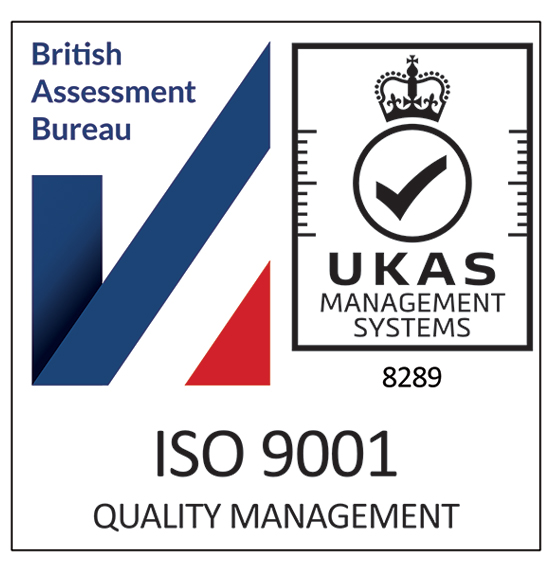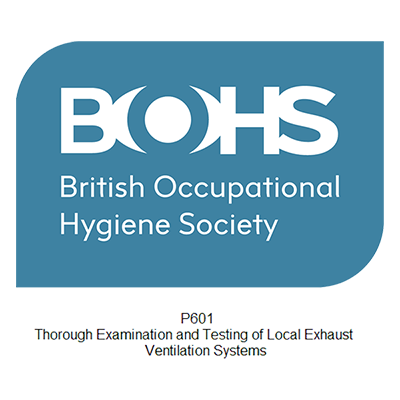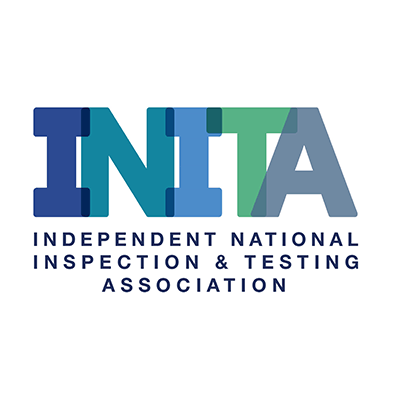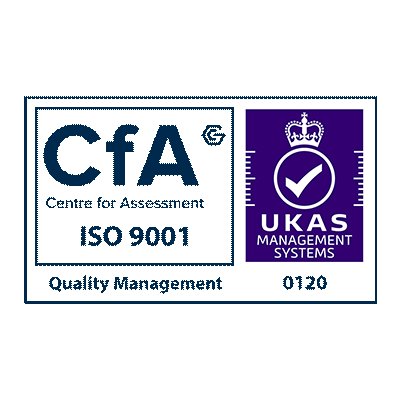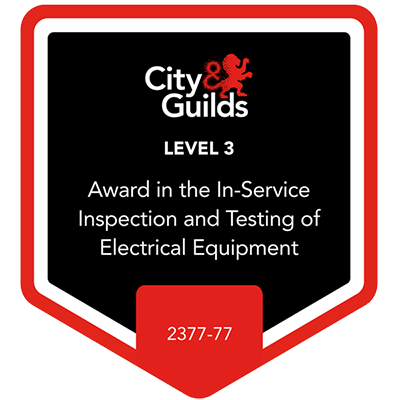If your organisation uses lifting equipment in your operations, then meeting health and safety regulations is essential. Not only to protect your staff and operate a safe workplace, but also to comply with regulations. According to the HES, LOLER – Lifting Operations and Lifting Equipment Regulations 1998 – states that “all equipment used for lifting is fit for purpose appropriate for the task, suitably marked, an in many cases, subject to statutory period ‘thorough examination’.
So, a LOLER inspection or LOLER examination is a comprehensive examination of lifting equipment carried out by a qualified and independent third-party organisation with the purpose to ensure the highest levels of safety and protection for your staff.
Why is a LOLER inspection important?
Health and safety isn’t merely a tick in a compliance box, it saves lives. Consider that according to the HSE, 135 workers were killed in work related injuries in 2022/23, while employers reported nearly 61,000 non-fatal work-related injuries in the same time period. Looking at the economic picture, 3.7 million working days were lost to non-fatal injuries in the workplace, while the country spends £7.7 billion annually as a result of workplace injuries.
Taking that down a level, and looking specifically at lifting, each time something or someone is lifted and lowered there is a potential risk from mechanical failure, collapse of equipment or components, and the operator or user falling or being struck. The outcome of such scenarios can be tragic, and every school, college or university has a duty of care to students, staff and visitors to ensure equipment is safe to be used.
Ensuring that the equipment is in good working order with regular inspections means that you can keep your workforce safe, while optimising the performance and longevity of the lifting equipment itself.
But how often is “regular”?
When to get a LOLER inspection
According to regulations, the frequency of inspection depends on the type of equipment used, installation, levels of usage, historical factors, and storage conditions.
In practice, this means lifting equipment should be examined throughout its lifetime, including:
- Before you use it for the first time – unless the equipment has a Declaration of Conformity that is less than a year old and the equipment was not assembled on site. If it was assembled on site, then it must be examined by a competent person to verify that construction was carried out correctly and safely.
- After it has been assembled – if equipment (for example a tower crane) needs to be assembled each time before it’s used.
- Regularly when it is in service – every six months. All lifting equipment is subject to wear and tear, but regular checks need to take place if the equipment is exposed to instances, such as environmental conditions, that cause deterioration.
- Following exceptional circumstances – a LOLER inspection is needed if the equipment has been damaged, dormant for a long period, or if the equipment has been modified, significantly repaired or parts have been replaced.
- 6 months for lifting equipment and accessories that lift people.
- 6 months for lifting accessories.
- 12 months for all other lifting equipment.
- Cranes
- Lift trucks
- Hoists
- Elevating access or work platforms
- Tractor front-end loaders
- Stair lifts
- Passenger/goods lifts
- Platform lifts
- Vehicle tail lifts
- Lifting accessories such as ropes, chains, sling shackles, and eye bolts
- Any attachments used for anchoring, fixing or supporting the equipment
- PPE equipment
- A visual and functional check.
- Measurement of wear.
- Traditional non-destructive testing (in certain instances) and load testing.
- Disassembly or internal examination of parts (in certain instances).
- Serial number/s of lifting equipment inspected
- Manufacturer details
- Maximum safe load capacity (kg)
- Any other observations
- Flexible and convenient inspection visits that minimise disruption.
- Thorough and effective inspections that put quality and compliance first.
- Support with the whole end-to-end examination process, from handy renewal reminders and comprehensive reports.
In addition, the HSE recommends checking and maintaining lifting equipment between inspections, including daily, weekly, quarterly or pre-use checks.
According to LOLER, the periods between routine thorough examinations should be every:
What equipment does a LOLER inspection cover?
The term ‘lifting equipment’ is quite broad and doesn’t just apply to general equipment such as goods or passenger lifts. The following equipment requires a LOLER examination:
What can you expect from your LOLER inspection?
The day of your examination has arrived. How do you prepare for the inspection and what does it include? LOLER calls for a “thorough examination” which is a complete check of the equipment and safety critical parts.
While LOLER inspections can differ according to which lifting equipment is examined, the following methods are used in line with industry standards:
The thorough examination is carried out by a competent person – someone with the necessary practical and theoretical knowledge and experience of the equipment, such as one of our HESL engineer surveyors – and is followed with a written report. The report must contain the date of the examination, the date of the next examination and any defects that were found. It also includes information such as:
How HESL can help
Hutcheon Examination Services (HESL) is ISO9001 certified and has a wealth of experience in completing statutory examinations and proof lead testing for mechanical equipment across a host of industry sectors in the UK, including healthcare and education. We have built our strong reputation of trust, accuracy and reliability over the last 30 years.
Our team of engineer surveyors are fully qualified (EngTech, IEng) to carry out LOLER inspections and have the right experience and expertise to help your organisation.
Our customers benefit from:
In addition, we have a central planning department to make things simpler and more streamlined for our customers. From booking in your first inspection at a time and date that suits your organisation, to following up via phone and email to remind you when your next inspection is due, we are always available, always contactable, and always ready to help.
Let us take the pain out of your LOLER inspections – contact us today to discuss how we can help.
